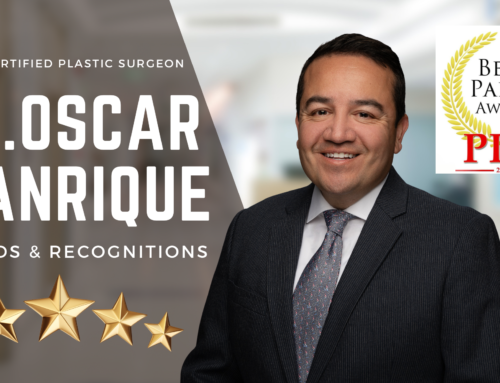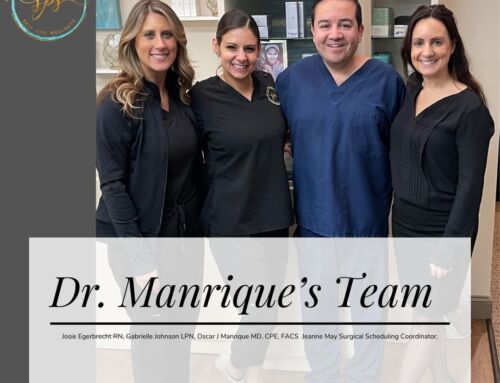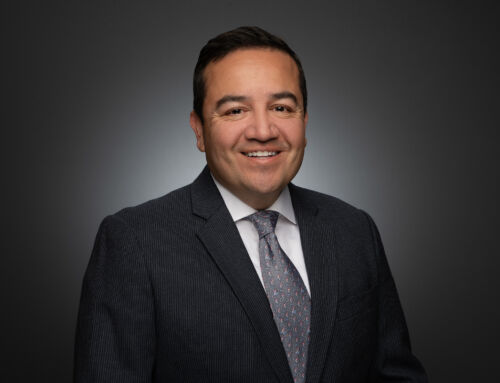- Is your surgeon Board Certified by the American Board of Plastic Surgery?
The American Board of Plastic Surgery is the ONLY board to certify plastic surgeons in the United States. To become a member, a surgeon must complete at least 5 years of surgery training with the last 2 years dedicated to plastic surgery at an accredited training program. If your surgeon says they are ‘board certified’ by any other board (Cosmetic Surgery, Facial Plastic Surgery, etc.) then they are not a properly trained plastic surgeon.
- How many breast augmentations does the surgeon perform yearly?
Different plastic surgeons, even in the same city, can perform significantly different numbers of breast augmentations in a year. This is because the field of plastic surgery is quite broad. Some plastic surgeons do mostly cosmetic procedures (like breast augmentations) while others may do mostly reconstructive surgery or wound care. A plastic surgeon who specializes in cosmetic surgery should average of at least 50 breast augmentations per year.
- Are there plenty of before and after pictures of the surgeons work to see?
Before and after photographs of the surgeon’s own work are crucial for many reasons. Different surgeons will have different techniques to perform a breast augmentation. Because of this, the end results can vary significantly between surgeons even if the same implant is used. By seeing actual pictures of the surgeon’s results using different implants on different women will be able to guide your decision as to what size and look is best for you.
- What type of implants does the surgeon use and why?
Most plastic surgeons now use silicone gel implants. Silicone gel breast implants are generally softer, ripple less, wrinkle less, look more natural, feel more natural, and most importantly look and feel more natural over time as compared to the saline implants. The rupture (or deflation) rates for silicone gel implants are significantly lower than saline implants as well. Additionally, silicone gel implants have a lifetime warranty. Specifically, the two companies that make their implants in the United States, Mentor and Sientra, offer lifetime replacement of both of your ruptured implants and for the first 10 or 20 years after surgery will also cover your surgery costs.
- What are the total costs of surgery?
Other than the differences in types of implants, breast augmentation is a fairly standard surgery and doesn’t change much from patient to patient. You can expect the total cost of the procedure to be about $6,900 which should cover your surgeon fees, OR fees, anesthesia fees, implants, and all post-operative visits. Make sure that all the costs are explained to you in writing prior to surgery so that no unexpected charges arise.
- What is the average recovery time for most patients?
Most patients will have some pain from breast augmentation surgery, usually in the moderate range, and is well controlled with prescription medication for the first 1-3 days following the surgery. After 3 days most patients no longer need prescription medicine but may take Tylenol occasionally for a couple of more days. Most women are able to return to work after 5-7 days. If your job requires heavy lifting or repetitive arm/shoulder movement, you may have to wait longer to resume full duty. It is recommended that no lifting, reaching, or pulling over 5 pounds is done during the first week after surgery. Most women can resume cardio exercises by three weeks and full activities after one month.
- How do you determine what size implant is right for you?
This is one of the most important decisions during a breast augmentation. During the consultation, your plastic surgeon will measure your chest width to identify what sizes of breast implants will fit your body. The amount of projection from an augmentation can be adjusted based upon the patient’s personal desires. Based on the diameter of your chest and the amount of projection desired, you will given a final volume. As a general rule, most implants will fall in the 300 – 500 cc range but can be smaller or larger based on individual patient’s body size and cup size desired. By working with your surgeon and their clinical team, you can set obtainable and healthy expectations together.







